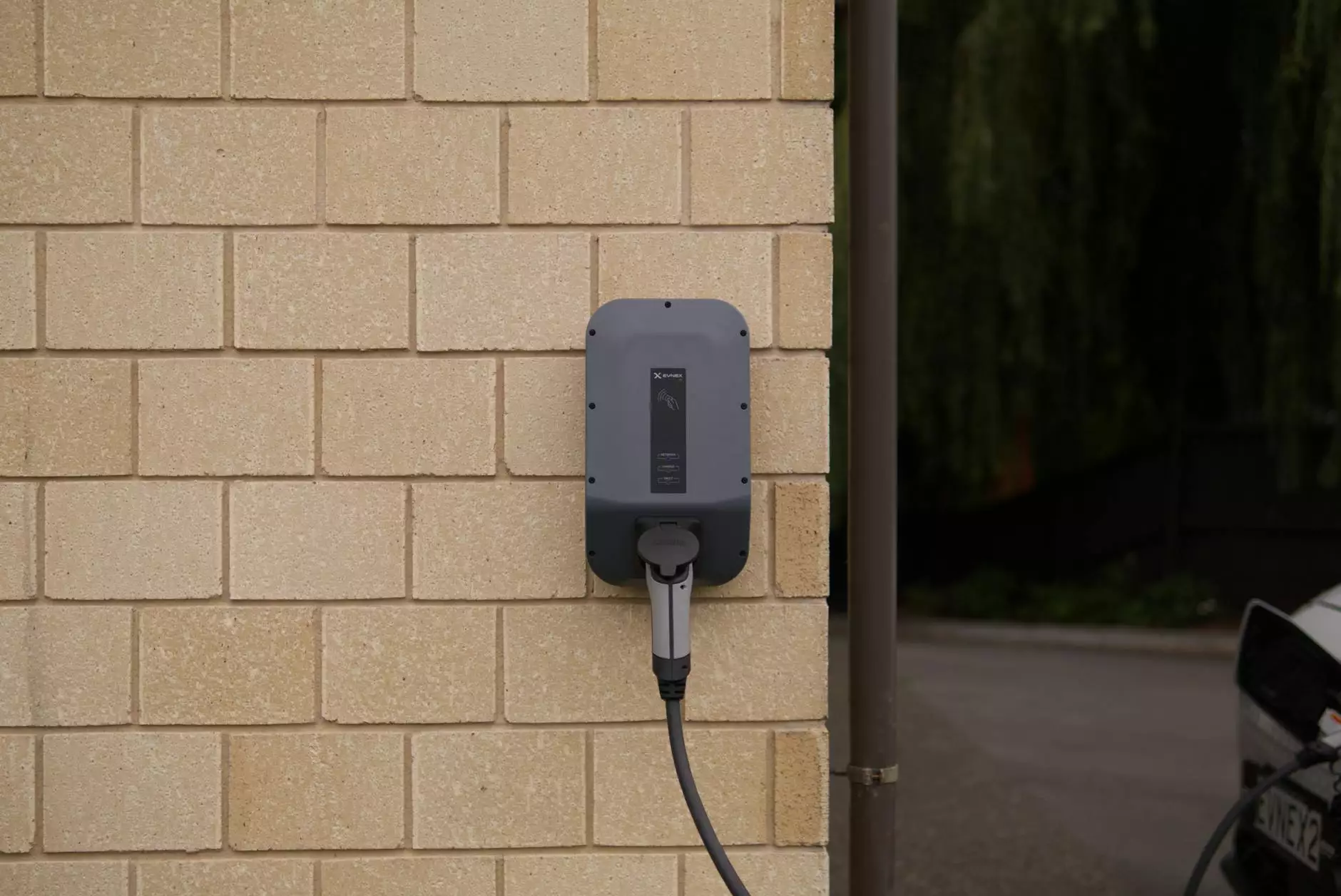Exploring App Wireframe Examples for Effective App Development

In the dynamic world of mobile application development, the significance of planning and design cannot be overstated. Wireframing is an essential step in the app design process that serves as a blueprint for your application. In this article, we'll explore various app wireframe examples, elucidate their importance, and reveal how they can propel your project forward. If you're aiming for success in software development, grasping the concept of wireframes is paramount.
What is an App Wireframe?
An app wireframe is a visual representation of an application's interface that outlines its structure and functionality without diving into visual design elements. Think of it as a skeleton of your app that allows you to focus on layout, user interface (UI) elements, and navigation flow. Wireframes help in:
- Defining user experience (UX)
- Identifying and resolving usability issues early
- Facilitating discussions among stakeholders
- Saving time and resources by streamlining the design process
Why Are App Wireframes Important?
Wireframes play a critical role in the app development lifecycle. Their importance can be highlighted through several key points:
- Clarity in Communication: Wireframes serve as a universal language among developers, designers, and clients. They ensure everyone is on the same page regarding the app’s functionality.
- Focus on Functionality: By stripping away aesthetic elements, wireframes allow developers to prioritize features and functionalities that meet user needs.
- Cost-Effectiveness: Identifying issues at the wireframing stage can significantly reduce the cost of changes later in the development process.
- User-Centric Design: Wireframes are designed with the user in mind, helping to create an intuitive user journey that enhances overall satisfaction.
Types of App Wireframe Examples
When creating wireframes, there are different types you can utilize, each serving a unique purpose in the design process:
1. Low-Fidelity Wireframes
Low-fidelity wireframes are simple, often hand-drawn sketches that outline the basic layout and functionalities of an app. They focus more on the overall concept rather than detailed design elements. Example: A simple grid layout representing different screens and major functions, such as buttons and text fields, without embellishments.
2. Medium-Fidelity Wireframes
These wireframes add more detail, including UI elements like icons, buttons, and content blocks. They provide a clearer picture of user interactions. Example: A digital wireframe created with tools like Balsamiq or Sketch, illustrating user flows between key screens.
3. High-Fidelity Wireframes
High-fidelity wireframes resemble the final product more closely and include precise details, interactions, and polished UI components. They serve as a prototype, allowing for early user testing before development. Example: An interactive wireframe created with tools like Adobe XD or InVision, complete with transitions and animations.
Key Elements of Effective App Wireframe Examples
When creating app wireframes, certain elements are crucial for effective communication and functionality:
- Navigation: Clear navigation paths should guide users effortlessly through the app.
- Content Hierarchy: Information should be organized logically to prioritize essential content and actions.
- Interactive Elements: Buttons, sliders, and dropdowns must be clearly indicated to illustrate their functionality.
- Feedback Mechanisms: Include areas for feedback, such as confirmation messages or error notifications.
Creating Your Own App Wireframes
Developing your own wireframes can be a straightforward process if you follow these key steps:
- Determine Your Goals: Clearly outline the purpose of your app and identify target user needs. This foundation will inform your wireframe design.
- Sketch Out Initial Ideas: Use pen and paper or a whiteboard to quickly sketch out concepts without overthinking details.
- Choose the Right Tools: Select wireframing software that suits your style and needs. Popular choices include Figma, Sketch, and Adobe XD.
- Design the Layout: Start arranging your elements according to your planned user flows and hierarchies.
- Iterate and Refine: Seek feedback from stakeholders and iterate on your wireframes to improve design and functionality.
Best Practices for Wireframing
To create effective wireframes that serve as strong foundations for app development, consider adopting these best practices:
- Maintain Consistency: Use consistent elements, such as button styles and navigation layouts, to create a cohesive experience.
- Focus on Usability: Put user needs at the forefront of your designs. Prioritize usability to ensure a smooth user experience.
- Be Open to Feedback: Regularly gather insights from users and stakeholders. Constructive feedback is vital for improvement.
- Limit Text: Use minimal text to convey your ideas; let the visuals do the talking.
App Wireframe Examples: Inspirational Designs from the Industry
To help you visualize the power of wireframes, let’s explore a few exemplary designs commonly cited in the industry:
Example 1: E-commerce App Wireframe
An e-commerce wireframe may prioritize the shopping cart, product listings, and user account management section. Elements such as product images, price tags, and add-to-cart buttons can be laid out in a grid format to enhance usability. The navigation bar should be prominent, allowing quick access to categories, deals, and customer support.
Example 2: Social Networking App Wireframe
A social networking app wireframe often emphasizes user interactions. Key components include a news feed with posts, comment sections, and user profiles. It ensures that features like likes, shares, and notifications are easily accessible, keeping user engagement in mind.
Example 3: Health and Fitness App Wireframe
In a health-focused app wireframe, clear pathways to track workouts, nutrition, and progress reports are essential. Screens often involve elements such as calorie counters, exercise trackers, and goal-setting features. A clean and intuitive layout promotes user engagement, motivating users to align with their health goals.
Utilizing Wireframes in Agile Development
In an Agile development setting, wireframes play a pivotal role in the iterative and incremental design process. They allow teams to adapt quickly based on user feedback. The following approaches can maximize the use of wireframes:
- Regular Check-ins: Conduct frequent reviews of the wireframe designs with stakeholders during sprints.
- Prototype Early: Using high-fidelity wireframes as prototypes can help visualize user interactions and flow before coding begins.
- Document Changes: Keep records of feedback and adjustments made to wireframes, creating a transparent design evolution process.
Final Thoughts on App Wireframe Examples
Creating effective app wireframe examples is a crucial step in the mobile app development process. It not only simplifies the communication of ideas but also aligns the development team’s focus towards user-centered design. As you embark on your app development journey with Nandbox, reflect on how thoughtfully crafted wireframes can not only enhance your app's usability but ultimately lead to a successful launch in the competitive market.
By leveraging app wireframe examples as part of your development strategy, you will significantly increase your chances of delivering applications that resonate with users and meet their needs effectively.
Take the Next Step with Nandbox
If you are ready to elevate your app development process, consider collaborating with Nandbox, your trusted partner in software development. Our expertise in creating user-friendly designs and robust applications can help you transform your ideas into reality.









